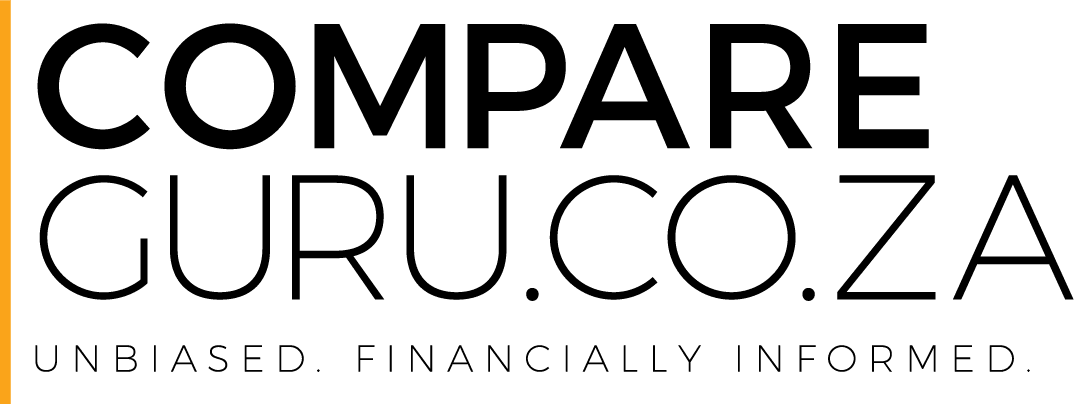CompareGuru Financial Services is an authorised financial services provider FSP. 47696
Even with medical aid, expect to cough up an extra 400% when hospitalised. Many South Africans with medical cover are shocked to discover that they need to pay substantial shortfalls in medical expenses - even those on the most comprehensive and expensive plans.
When you’re considering medical aid or hospital plans, hearing that you’ll be covered at 100% of the medical scheme tariff (MST) sounds comprehensive. But specialists typically charge up to 600% of this tariff, which means that you could be in real financial trouble if you’re under the impression that all medical costs will be covered by your medical aid or hospital plan,” explains Travys Wilkins, chief executive guru of insurance comparison platform CompareGuru .
Gap cover, which costs a fraction of your monthly medical scheme premium, ensures that any nasty cost surprises are paid if you land up in hospital. “Gap cover costs around R100 - R500 for a single member, but the amounts it covers are significant. One of the most common procedures is childbirth, which has a typical shortfall of between R12,000 and R26,000. Without gap cover, this cost must be paid by the patient,” says Wilkins.
Gap cover also refunds co-payments which are often required for admissions or procedures like CT scans. The other area where gap cover makes a huge difference is to cover sub-limits within medical cover. For instance, oncology treatment may be limited to a set amount per year. Once that limit has been reached, members are liable for treatment costs which could be as high as 20% of your oncology bill, which can translate to R50,000 on an oncology sub-limit of R250,000.
South Africa spends more on private health insurance as a percentage of total health expenditure than almost any other country, according to the medical aid funding report 2020. Medical aid premiums continue to rise faster than inflation, but South Africans who can afford it are prioritising health cover in the midst of the Covid-19 health crisis, albeit with difficulty.
Due to the high cost of medical scheme plans, many members opt for cheaper options, which saves them on monthly premiums but increases their out-of-pocket medical expenses. South Africa's poor economic performance has seen more members downgrading their benefit options, sometimes to basic hospital plans.
Gap cover is only available if you have medical aid. It doesn’t replace medical cover, but bridges the difference between what your medical scheme pays out and the actual rates charged by private healthcare professionals.
“Medical schemes are required to cover all life-threatening emergencies, but there are some grey areas in the interpretation of this obligation. Gap cover ensures that you’re not lumbered with unexpected medical expenses when getting the care you need,” says Wilkins.


